The comment by Minister for Agriculture Charlie McConalogue that farmers won't be forced to cut livestock numbers isn’t as simple as it sounds.
Just because farmers don’t receive a letter from the Department instructing them to reduce their cattle numbers, it doesn’t mean that the objective won't be achieved by other means.
A comparison can be made with the introduction of milk quotas four decades ago.
At that point, Ireland was allocated a particular pool of milk and no farmer was instructed to alter their cow numbers.
However, if they wanted to increase production, they had to do so within the national quota limit, so trading of quota emerged, with farmers who wanted to produce more buying that right from those who were happy to do less.
Voluntary is misleading
A methane emissions reduction target is a variation of this theme - the only part that is voluntary is how farmers go about reducing their emissions by 25%.
Half of the target can be achieved by farming practices rising to 18%, according to the KPMG report, by adoption of feed additives and other research that is at an advanced stage.
With the knowledge for delivering emissions reductions capped at that point, anything further required could only be delivered by having fewer cattle.
If there is another way that has been overlooked, ministers need to identify precisely what it is.
Generalised comments about diversification into areas such as anaerobic digestion are meaningless, as these are multimillion euro investments that take years to develop and the 25% reduction has to be delivered by 2030.
Policy with money will shape behaviour
One plan the Government does have in place that will contribute to the reduction in cattle numbers and emissions is an organic conversion scheme. This will have appeal, particularly to smaller farmers who already have a low intensity operation.
The high cost of fertiliser in 2022 will make the option of zero fertiliser attractive, as will conversion supports. Judged on money allocated by Government, there is almost as much (€250m) allocated to organic farming as there is to the entire suckler sector (€260m).
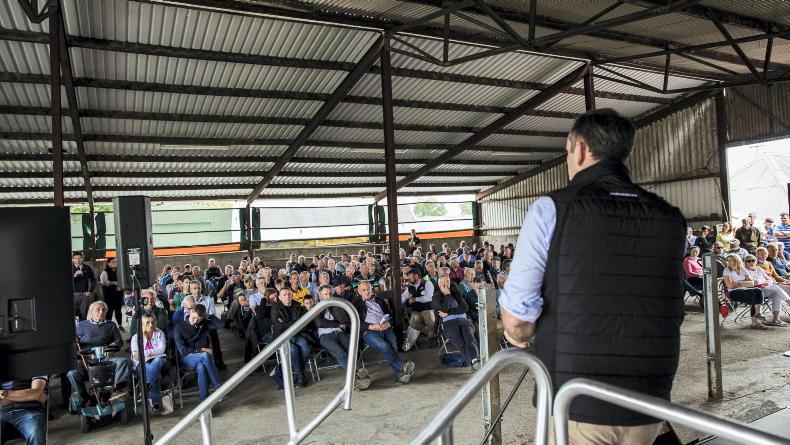
Mixed views from farmers on transitioning to organic at Tullamore Farm open day 2022. \ Philip Doyle
The issue of organic was subject to a full debate at the recent Tullamore Farm open day.
It is clear that larger, more intensive farmers are less open to the idea than smaller farmers, who often have off-farm work. They are more open-minded to conversion.
Buy-out scheme
As well as organic farming, the quickest way to achieve reduction in cattle numbers and a 25% reduction in emissions is a buy-out scheme.
The Irish Farmers Journal recently reported that a buy-out scheme was one of the options receiving consideration for the dairy sector and this could easily be transferred across the livestock sector.
It could have particular appeal to older farmers without a succession plan, as it would have the effect of creating a pension fund to enable them to reduce or disengage from farming. If taxation rules on selling stock were modified, it would further add to the attraction.
With 2030 just seven-plus years away, the toolbox is confined to what is available at present
All of these ideas neatly fit the Government's ethos of farmers not being forced to reduce stock numbers. However, by creating a pathway that is the obvious choice for many, it can still achieve the same outcome.
If incentives are the carrot in the arrangement, the stick can be in the form of reduced supports or even withdrawal of schemes that are intended to support production.
The other solution that remains theoretical - until it is found - is that research will, in time, deliver a way to neutralise emissions coming from livestock.
Research is ongoing in many parts of the world and use of seaweed in the diet is showing some promise in a research environment, but is some way off as a commercial application.
If the 25% reduction target had been for 2050, then we could be more optimistic, but with 2030 just seven-plus years away, the toolbox is confined to what is available at present.
With the debate on targets settled, the focus switches to delivery.
The Government and State agencies must now present a roadmap with a suite of options on how the targets can be delivered.
This needs to be costed and a budget provided to enable farmers to transition to the new type of farming that legislation demands.
The comment by Minister for Agriculture Charlie McConalogue that farmers won't be forced to cut livestock numbers isn’t as simple as it sounds.
Just because farmers don’t receive a letter from the Department instructing them to reduce their cattle numbers, it doesn’t mean that the objective won't be achieved by other means.
A comparison can be made with the introduction of milk quotas four decades ago.
At that point, Ireland was allocated a particular pool of milk and no farmer was instructed to alter their cow numbers.
However, if they wanted to increase production, they had to do so within the national quota limit, so trading of quota emerged, with farmers who wanted to produce more buying that right from those who were happy to do less.
Voluntary is misleading
A methane emissions reduction target is a variation of this theme - the only part that is voluntary is how farmers go about reducing their emissions by 25%.
Half of the target can be achieved by farming practices rising to 18%, according to the KPMG report, by adoption of feed additives and other research that is at an advanced stage.
With the knowledge for delivering emissions reductions capped at that point, anything further required could only be delivered by having fewer cattle.
If there is another way that has been overlooked, ministers need to identify precisely what it is.
Generalised comments about diversification into areas such as anaerobic digestion are meaningless, as these are multimillion euro investments that take years to develop and the 25% reduction has to be delivered by 2030.
Policy with money will shape behaviour
One plan the Government does have in place that will contribute to the reduction in cattle numbers and emissions is an organic conversion scheme. This will have appeal, particularly to smaller farmers who already have a low intensity operation.
The high cost of fertiliser in 2022 will make the option of zero fertiliser attractive, as will conversion supports. Judged on money allocated by Government, there is almost as much (€250m) allocated to organic farming as there is to the entire suckler sector (€260m).

Mixed views from farmers on transitioning to organic at Tullamore Farm open day 2022. \ Philip Doyle
The issue of organic was subject to a full debate at the recent Tullamore Farm open day.
It is clear that larger, more intensive farmers are less open to the idea than smaller farmers, who often have off-farm work. They are more open-minded to conversion.
Buy-out scheme
As well as organic farming, the quickest way to achieve reduction in cattle numbers and a 25% reduction in emissions is a buy-out scheme.
The Irish Farmers Journal recently reported that a buy-out scheme was one of the options receiving consideration for the dairy sector and this could easily be transferred across the livestock sector.
It could have particular appeal to older farmers without a succession plan, as it would have the effect of creating a pension fund to enable them to reduce or disengage from farming. If taxation rules on selling stock were modified, it would further add to the attraction.
With 2030 just seven-plus years away, the toolbox is confined to what is available at present
All of these ideas neatly fit the Government's ethos of farmers not being forced to reduce stock numbers. However, by creating a pathway that is the obvious choice for many, it can still achieve the same outcome.
If incentives are the carrot in the arrangement, the stick can be in the form of reduced supports or even withdrawal of schemes that are intended to support production.
The other solution that remains theoretical - until it is found - is that research will, in time, deliver a way to neutralise emissions coming from livestock.
Research is ongoing in many parts of the world and use of seaweed in the diet is showing some promise in a research environment, but is some way off as a commercial application.
If the 25% reduction target had been for 2050, then we could be more optimistic, but with 2030 just seven-plus years away, the toolbox is confined to what is available at present.
With the debate on targets settled, the focus switches to delivery.
The Government and State agencies must now present a roadmap with a suite of options on how the targets can be delivered.
This needs to be costed and a budget provided to enable farmers to transition to the new type of farming that legislation demands.






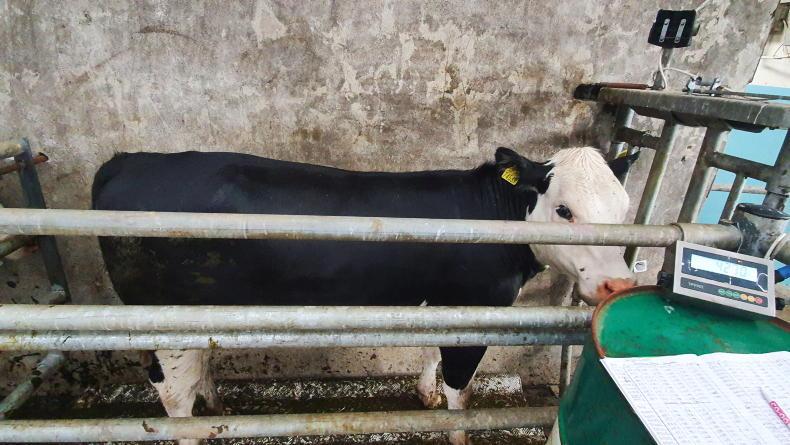

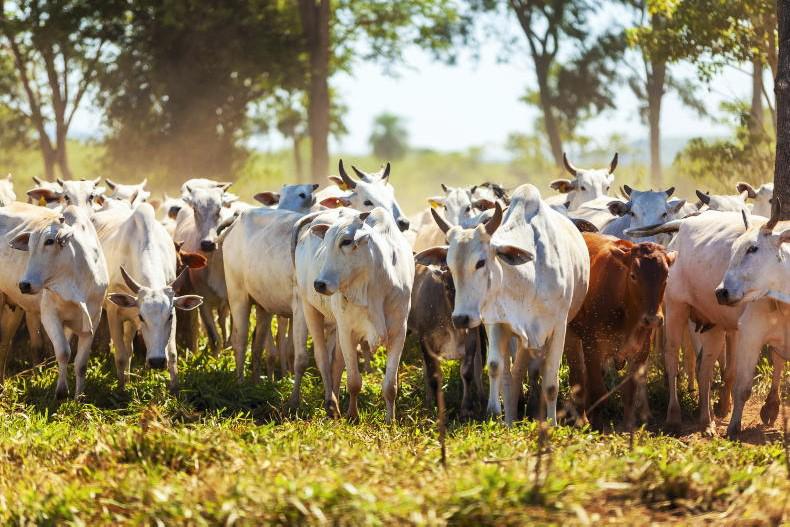
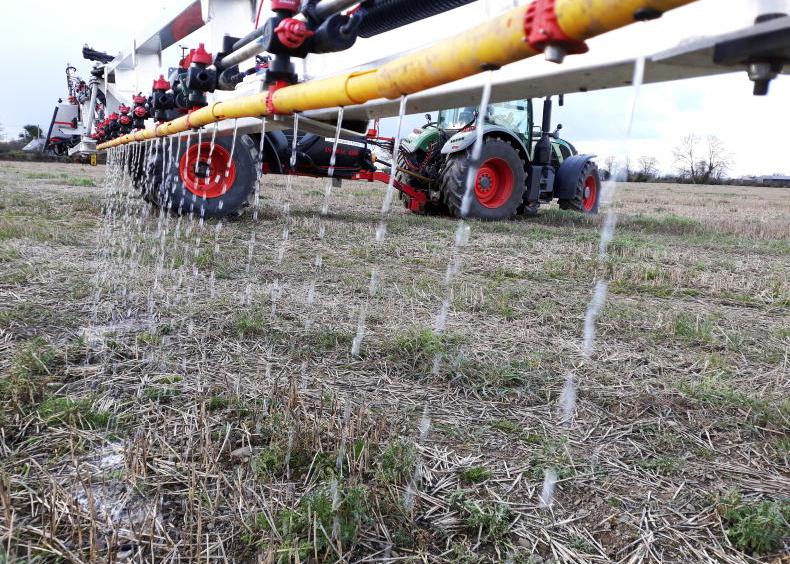
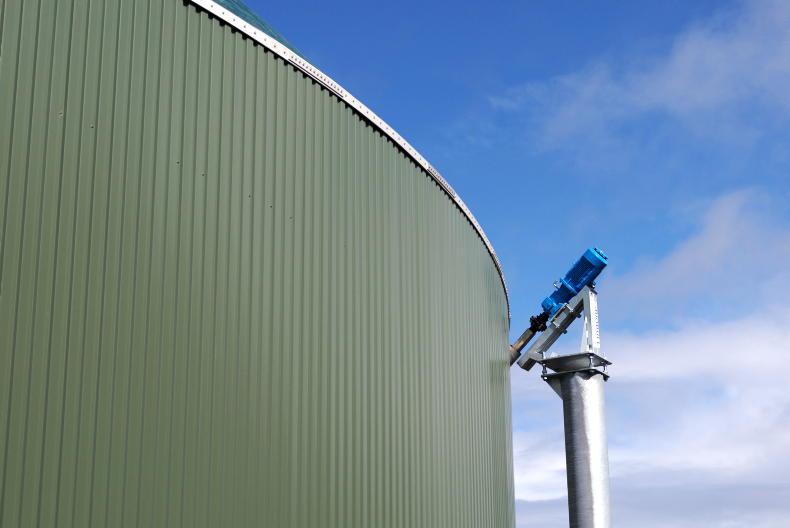
SHARING OPTIONS